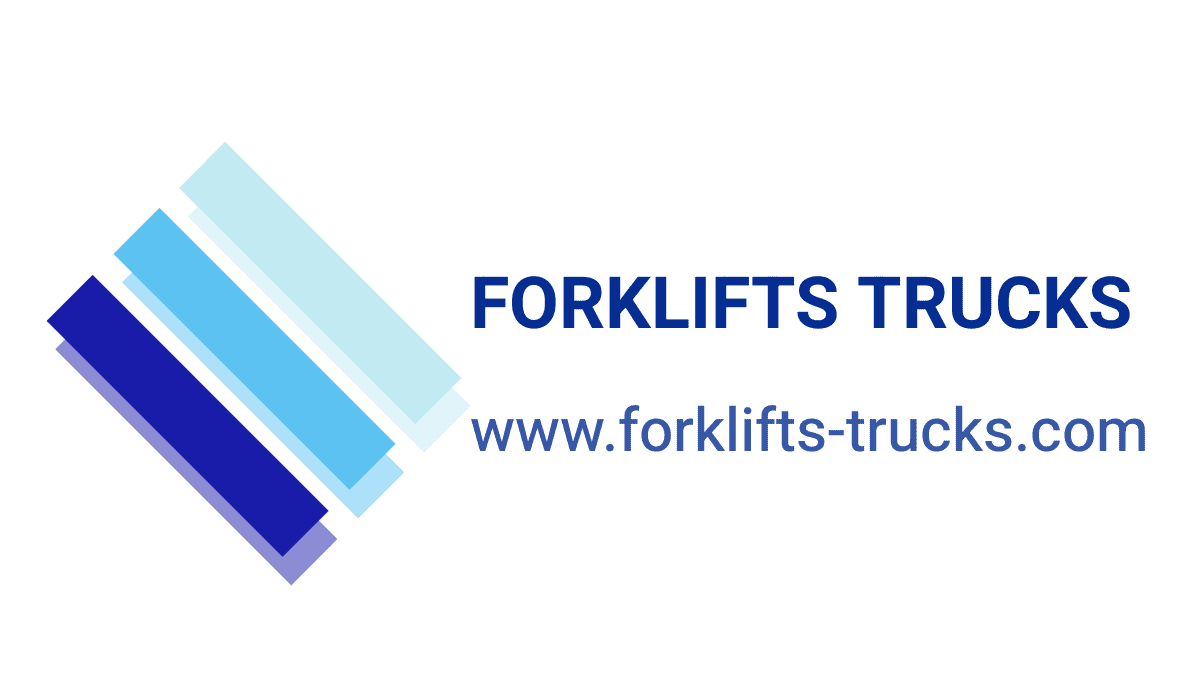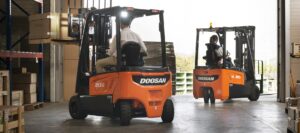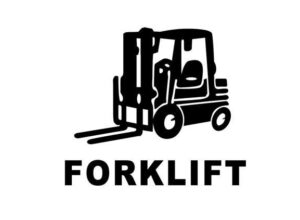Forklift inspections are crucial for ensuring safety and compliance with regulations. The frequency of inspections typically depends on the type of inspection being conducted and the operational use of the forklift. Here are general guidelines:
1. **Daily Inspections**:
– Before each shift, operators should perform a visual inspection of the forklift. This includes checking the brakes, steering, lights, horn, tires, and fluid levels. Daily inspections help identify any immediate issues that could affect safe operation.
2. **Monthly Inspections**:
– A more thorough inspection should be conducted monthly, focusing on mechanical and operational components. This includes checking hydraulic systems, forks, chains, and any safety devices.
3. **Annual Inspections**:
– Many regulations require a comprehensive inspection by a qualified technician at least once a year. This inspection should cover all aspects of the forklift, including structural integrity and compliance with safety standards.
4. **After Repairs or Modifications**:
– If any repairs, modifications, or significant maintenance are performed on the forklift, it should be inspected before returning to service.
5. **Increased Usage or Harsh Conditions**:
– If the forklift is used in extreme conditions (such as rough terrain or high-frequency operations), more frequent inspections may be necessary to ensure safety and reliability.
By adhering to these inspection schedules, employers can help prevent accidents, maintain equipment efficiency, and comply with safety regulations. Always refer to the manufacturer’s guidelines and local regulations for specific requirements.



